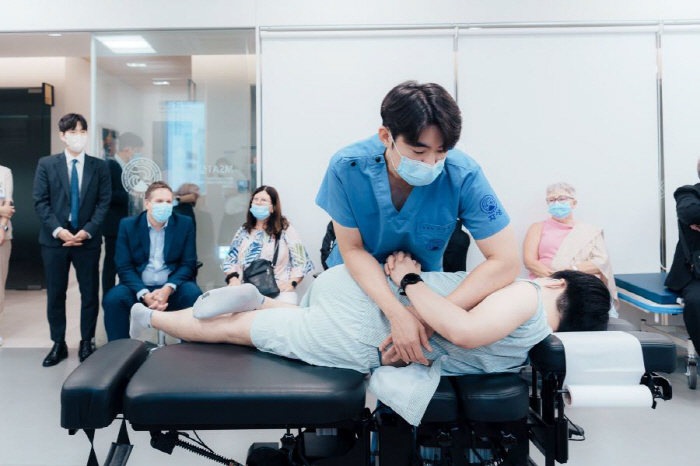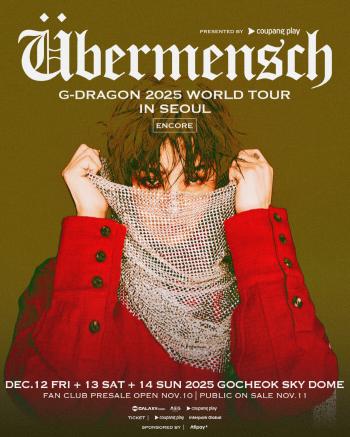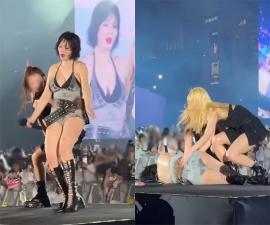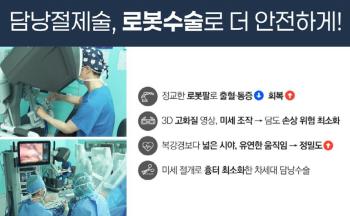Chuna Therapy Continues Preference for Treatment of Musculoskeletal Pain...Maximum number of users aged 45-54
Nov 13, 2025
|
On the 13th, the Spinal Joint Research Institute (Director Ha In-hyuk) of Jaseng Oriental Hospital announced that it published a paper in the SCI(E)-level international journal 『The Status of Using Chuna Therapy for Musculoskeletal Diseases After Applying Health Insurance Benefits』 through a joint study with Shin Shin Yong-cheol, a professor at Pusan National University Graduate School of Oriental Medicine.』.
Chuna therapy is a representative manual therapy performed by oriental doctors, which stimulates the human body using hands, body parts, or dedicated equipment, restores musculoskeletal balance and improves joint movement. The effect of Chuna therapy on improving musculoskeletal diseases has been proven through several studies, and this effect was recognized and included in the health insurance benefit category from April 8, 2019.
However, there were no studies analyzing the actual use of Chuna therapy at the national level. Most of the existing studies were centered on short-term data or a single institution, so there was a limit to comprehensively grasping the overall use trend and patient characteristics.
Baek Gil-geun, a research team at the Spinal Joint Research Institute of Jaseng Oriental Hospital, used data from the Health Insurance Review and Assessment Service (HIRA) to comprehensively analyze the trend of use of musculoskeletal diseases, patient characteristics, and parallel treatment after being included in the health insurance benefit category. From April 2019 to December 2021, this study was conducted on patients who received at least one Chuna therapy for the purpose of treating musculoskeletal diseases at various medical institutions such as oriental medicine clinics, oriental medicine hospitals, and general hospitals that operate oriental medicine medical courses.
According to the Health Insurance Review and Assessment Service (HIRA) data analysis, the total number of requests for Chuna therapy was 12,729,625, showing an increase in patient use since the first year of health insurance application. In fact, the number of Chuna statements filed in 2019 (April-December) was 3,552,880, 4,531,078 in 2020, and 4,738,667 in 2021. However, 2019 is a figure that includes only about a nine-month period from April to December, and if this is converted into 12 months, it shows that the amount of use has remained stable since the application of Chuna Health Insurance.
The largest number of patients by age using Chuna was 45-54 years old (22.3%), and women (55.8%) accounted for a higher proportion than men. The combined treatment with Chuna therapy was followed by acupuncture (97.4%), cupping (80.3%), anterior needle (67.3%), and moxibustion (31.4%). In addition, the most common disease names were back pain, back sprain, tension, and neck pain.
In addition, the more severe or chronic diseases, the higher the frequency of use of Chuna therapy. Complex Chuna (50% self-burden) was frequently used by the elderly (65 years or older), and the average number of treatments per person was higher than that of simple Chuna, indicating a tendency to be used for management of severe or chronic diseases. In particular, the proportion of patients who received Chuna therapy 20 times increased year by year from 2.47% in 2019 (April-December) to 3.63% in 2021. This refers to the rate at which the actual treatment is limited by the 20 annual benefit limit for Chuna therapy, suggesting the need to improve the current insurance policy.
Paik Gil-geun, an oriental doctor, said, "This study is meaningful in that it is the first study to analyze the health insurance data since the application of Chuna therapy health insurance benefits. If the coverage is expanded in the future and the scope of coverage is expanded to various diseases, it will be able to greatly contribute to the improvement of public health."
|
This article was translated by Naver AI translator.















